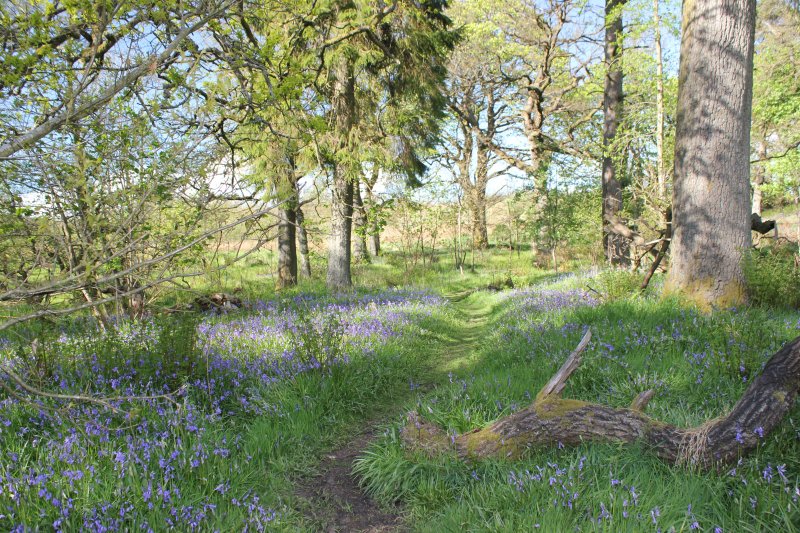Natural Connections – Woodlands, a delicate balance
,
A couple of weeks ago I was writing about the necessities of cutting down trees and the many reasons for doing so. This week I am going to look a bit deeper into the structure of a woodland and why it is vitally important to have a range of trees at different ages as part of the healthy woodlands being planned in Cumbernauld Living Landscape.
Woodlands planted at the same time will result in the trees reaching maturity at the same time. Planting dense areas of trees lets us plan the natural death of a tree, herbivores, damage and disease. However it results in there being lest light, space and nutrients for saplings to take hold.

Only a small number of seeds make it, and the ones that do are often spindly and that’s why we often see clumps of the same species at the same height. Then along comes disease, fire or even Storm Doris and we get large sections of woodlands that are destroyed in one go.
Healthy diverse woodlands are different. You can see a host of wonders including new saplings breaking through the soil, young willowy whips dappled with light and bending gently in the breeze. You also see semi-mature trees with space and light to grow, looking to emulate the tall majestic trees that could tell a story or two if only they could speak. There is also a variety of dead wood which is a feast for insects.
To create this diversity you need to plant, thin or even cut down trees over many years but it leads to healthier woodlands that we can all enjoy.
Tracy Lambert is the Community Engagement Officer for the Natural Connections project. If you would like to get involved contact Tracy via email or visit our Facebook page.

